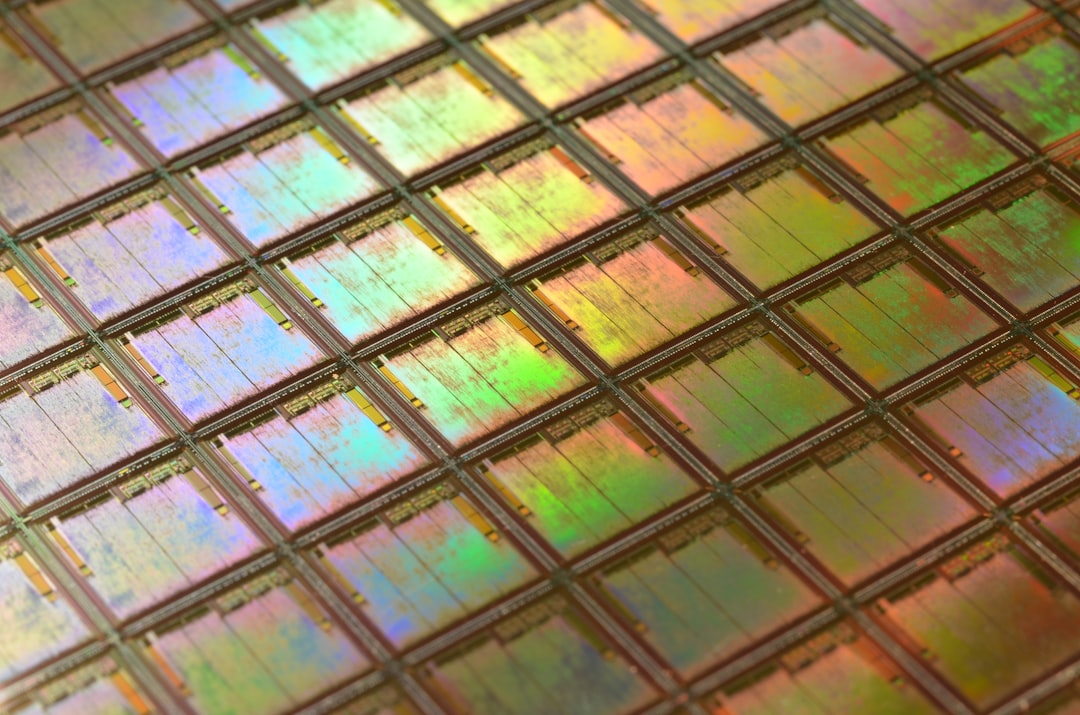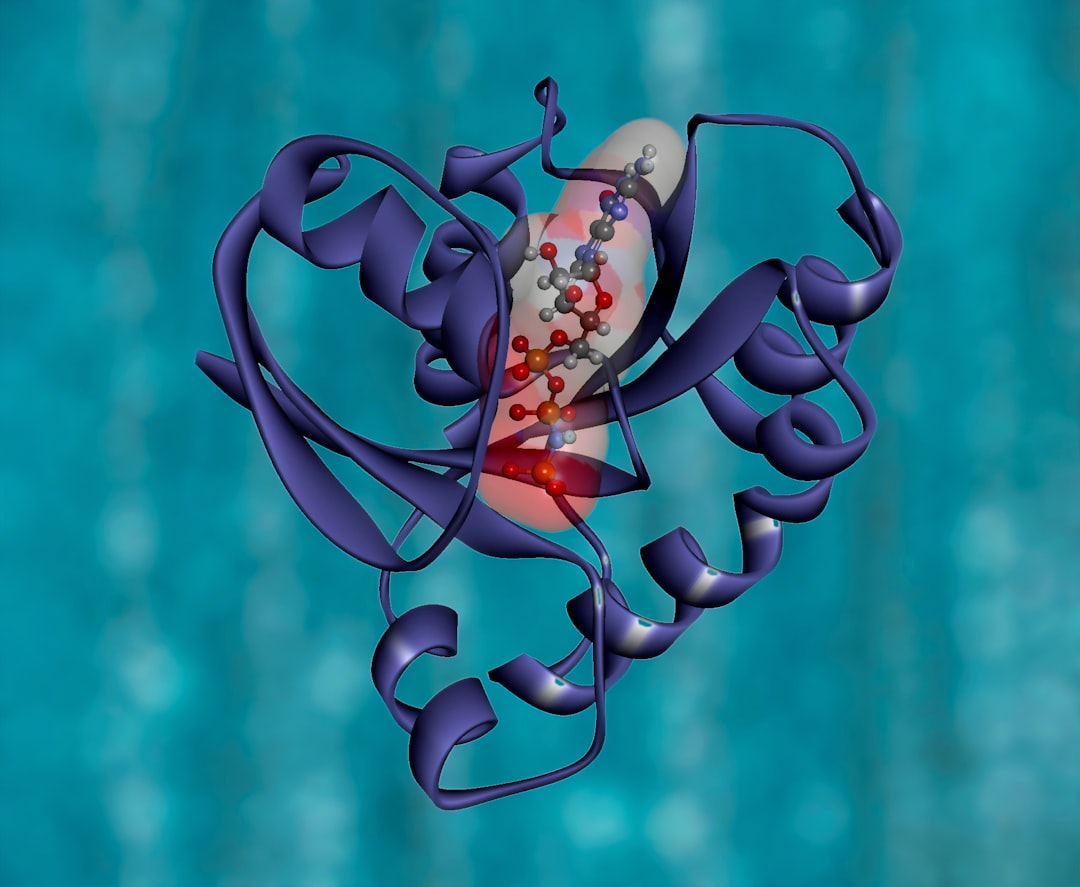What is it about?
Direct imaging of processes happening in extreme conditions is extremely difficult in nature, but also in experiments where samples are often confined in heavy and robust metal vessels. In this paper, we publish the design of a new rig that is able to generate triaxial stress and temperature conditions similar to the ones happening in the upper earth crust while enabling time-resolved (4D) microtomography.
Featured Image

Photo by Olga Thelavart on Unsplash
Why is it important?
This paper is important because this new rig pushes the boundaries of our experimental capacities, overcoming an important temperature threshold (>150-200C, where elastomers can't be used for sealing fluids) with little incidence on the safety requirements (no compressed gas is used) nor control capacity. The capacities of this rig, with large sample volume, are particularly interesting to reproduce subsurface conditions. It offers a platform to simulate subsurface storage, geothermal energy or carbonation processes, key areas for the green energy transition.
Perspectives
I wanted this article to be fully open: all the information to build, test and operate the rig are provided, which is rarely the case in the literature. I hope this will break the accessibility/knowledge gap which is making these techniques only available to specialist groups instead of a wider geoscience, material and synchrotron sciences communities.
Damien Freitas
University of Manchester
Read the Original
This page is a summary of: Heitt Mjölnir: a heated miniature triaxial apparatus for 4D synchrotron microtomography, Journal of Synchrotron Radiation, January 2024, International Union of Crystallography,
DOI: 10.1107/s1600577523009876.
You can read the full text:
Resources
Contributors
The following have contributed to this page










